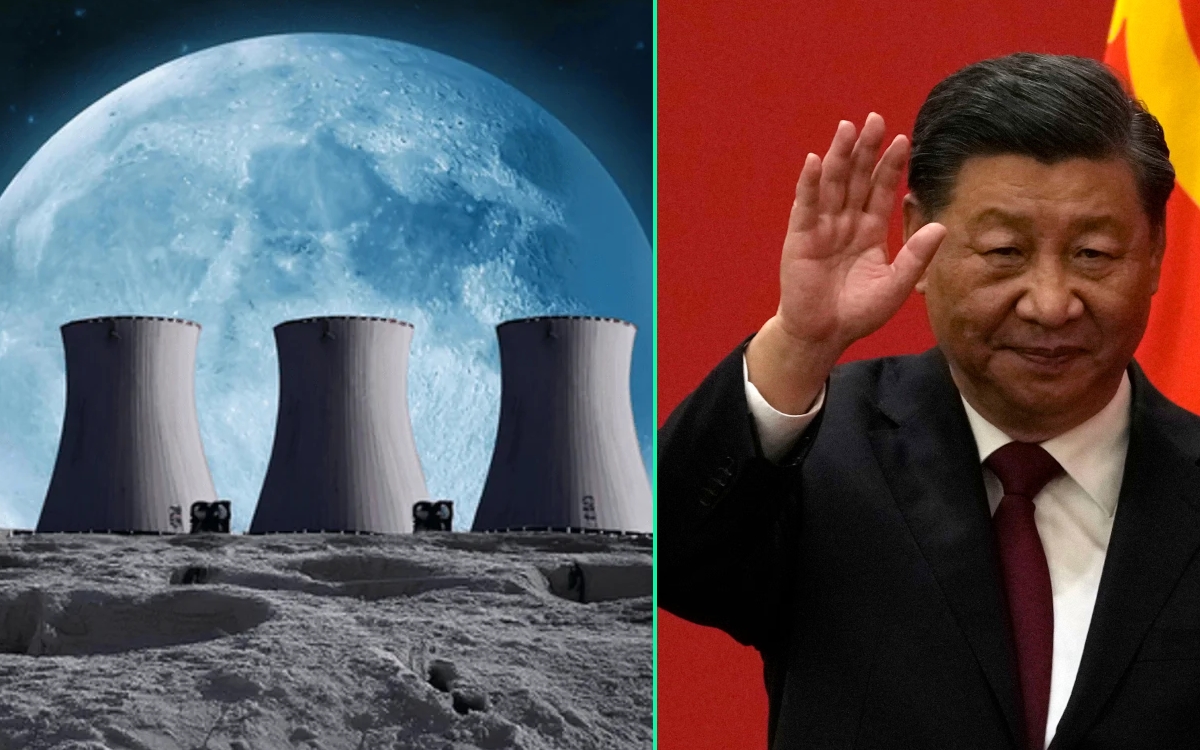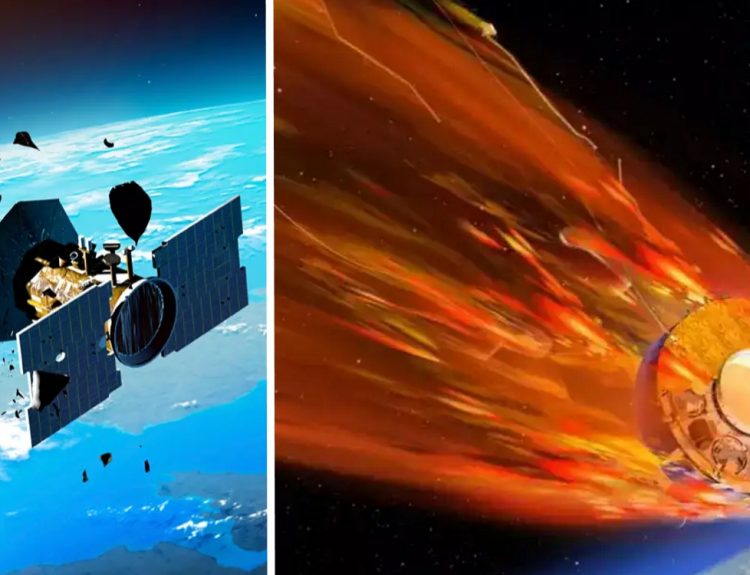China and Russia have announced a groundbreaking collaboration to deploy a compact nuclear reactor on the Moon—ensuring continuous power for their joint International Lunar Research Station (ILRS). The announcement, made by China’s senior space official Pei Zhaoyu at a Shanghai forum, marks a dramatic escalation in lunar ambitions and challenges U.S. leadership in deep-space exploration.
“Russia and China are considering putting a nuclear power plant on the moon from 2033–35,” Roscosmos head Yuri Borisov told Reuters. https://twitter.com/Reuters/status/1765076080996843933— Reuters (@Reuters) March 5, 2024
The ILRS, slated for initial robotic modules by the early 2030s, will rely on a hybrid power system: expansive solar farms for daylight operation, heat-exchanger networks pumped underground for thermal storage, and the nuclear core at its heart to bridge the two-week lunar night. This continuous power is critical for life-support systems, 3D printing habitats, and long-duration science programs.
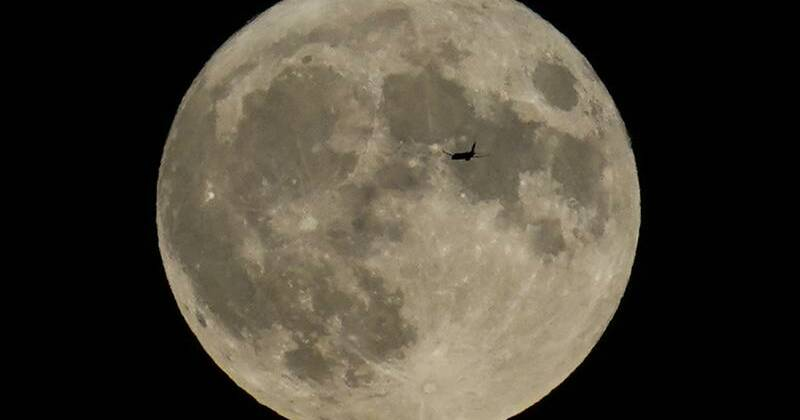
According to a Roscosmos roadmap, the reactor will be a small modular design—built on Russia’s Topaz-type space reactor technology—with an output of 40–100 kilowatts. China’s Chang’e-8 mission, launching in 2028, will deliver prototype reactor components and tele-operated assembly robots to pre-position for full deployment by 2035.
NASA, meanwhile, is racing its own Fission Surface Power (FSP) project, aiming for a ground demonstration in 2027 and lunar launch by the early 2030s. However, the U.S. Wolf Amendment bars direct Sino-American cooperation, and Europe’s ESA has paused joint work with Roscosmos over the Ukraine conflict—leaving China and Russia to press on unopposed.
“China has confirmed plans to build a nuclear power plant on the Moon to supply energy for the research station it’s envisioning in partnership with Russia.” https://twitter.com/GeneralMCNews/status/1766801234567890123— The General (@GeneralMCNews) April 24, 2025
International space-law experts caution that placing nuclear reactors beyond Earth demands rigorous safety protocols under the Outer Space Treaty. Unplanned reactor failures could contaminate lunar sites and jeopardize future cooperation. China and Russia insist that modular cores, built to withstand micrometeoroid impacts and radiation leaks, will conform to UN guidelines on peaceful use.
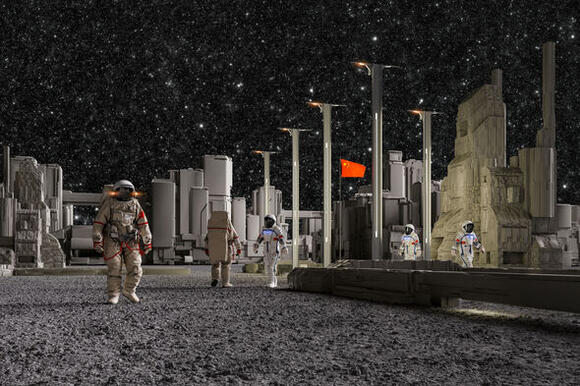
Cost estimates for the reactor segment exceed $5 billion, funded jointly by the China National Space Administration (CNSA) and Roscosmos. Beijing’s “555 Project”—intended to involve 50 nations and 5,000 researchers—seeks to democratize lunar science, with China offering payload rides to partner countries at reduced rates.
Technical hurdles remain immense: lunar dust can abrade reactor shielding, extreme temperature swings (–173 °C to +127 °C) strain materials, and autonomous robotics must operate flawlessly over vast distances. Both agencies are testing fault-tolerant AI controllers at Earth-based analog sites in Siberia and Inner Mongolia.
Beyond power, the ILRS reactor could enable in-situ resource utilization: processing regolith to extract oxygen, 3D-printing landing pads, and refining helium-3 for future fusion research. China’s Lunar Exploration and Cooperation Center highlights potential spin-offs: advanced grid-stability algorithms and micro-reactor designs for remote Earth communities.
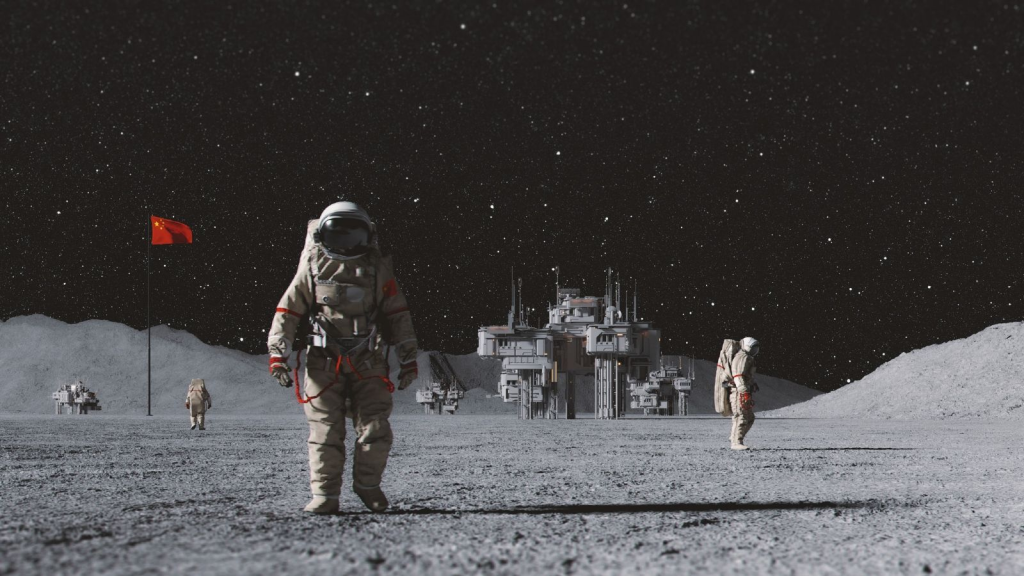
“A nuclear reactor on the Moon moves us from flags-and-footprints to a permanent human presence—day and night.” https://twitter.com/NASA/status/1656789012345678904— NASA (@NASA) April 23, 2025
The U.S. response has been cautious. At a recent hearing, NASA Administrator Bill Nelson acknowledged China’s lead but called for expedited Congressional approval of commercial nuclear reactors for Artemis bases. Senators from both parties pressed for robust export controls to prevent technology leakage.
As the Artemis program readies its first crewed lunar landing in late 2025, the prospect of a Sino-Russian nuclear backbone gleams on the horizon—signaling a new era where lunar outposts operate unfettered by the day–night cycle and ushering in geopolitical rivalries far beyond Earth’s atmosphere.

